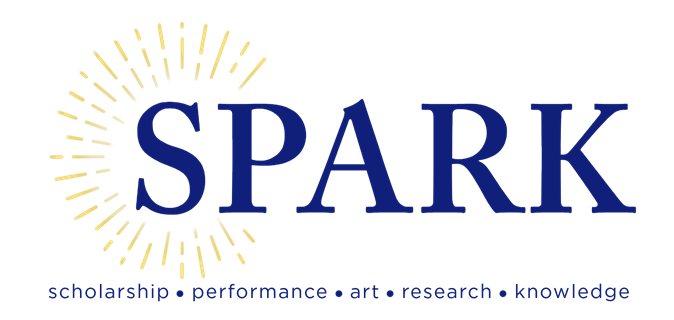
[Archive] Belmont University Research Symposium (BURS)
Publication Date
Spring 2024
College
Sciences and Mathematics, College of
Department
Psychological Science, Department of
BURS Faculty Advisor
Dr. Michael Oliver
Presentation Type
Poster Presentation
Abstract
The current study seeks to better understand the relationship between brain activity and creativity. Existing research indicates that the creative process can be seen in electrical activity in the brain. Certain wavelengths and regions of the brain have been associated with divergent thinking. One study found that lower levels of mid-frontal theta activity resulted in higher levels of creativity (Wokke, Padding, & Ridderinkhof, 2019) while another study showed that divergent thinking is associated with decreases in delta band activity (Boot, Baas, Mu¨ hlfeld, de Dreu CK, & van Gaal, 2017). However, research has yet to explore whether specific fields of study can impact an individual's creativity and problem-solving skills, which the current study will investigate. The current study will measure resting-state brain oscillations, perceived creativity using the TCPQ12 questionnaire (Kumar and Holman 1997), and divergent thinking using the Alternative Uses Task (Guilford 1967) and the Cognitive Reflection Test (Frederick 2005). We hypothesize that those with art-related majors will score higher on perceived creativity than non-art-related majors. We also hypothesize that art-related majors will score higher on the Alternative Uses Task while non-art-related majors will score higher on the Cognitive Reflection Test. Lastly, we hypothesize that baseline EEG and ERP measures will differ between groups. Results and implications are forthcoming.
Recommended Citation
Erickson, B., Truelove-Hill, M., Oh, Y., Anderson, J., Zhang, F. Z., & Kounios, J. (2018). Resting-state brain oscillations predict trait-like cognitive styles. Neuropsychologia, 120, 1-8. Wokke, M. E., Padding, L., & Ridderinkhof, K. R. (2019). Creative brains show reduced mid frontal theta. bioRxiv, 370494.


